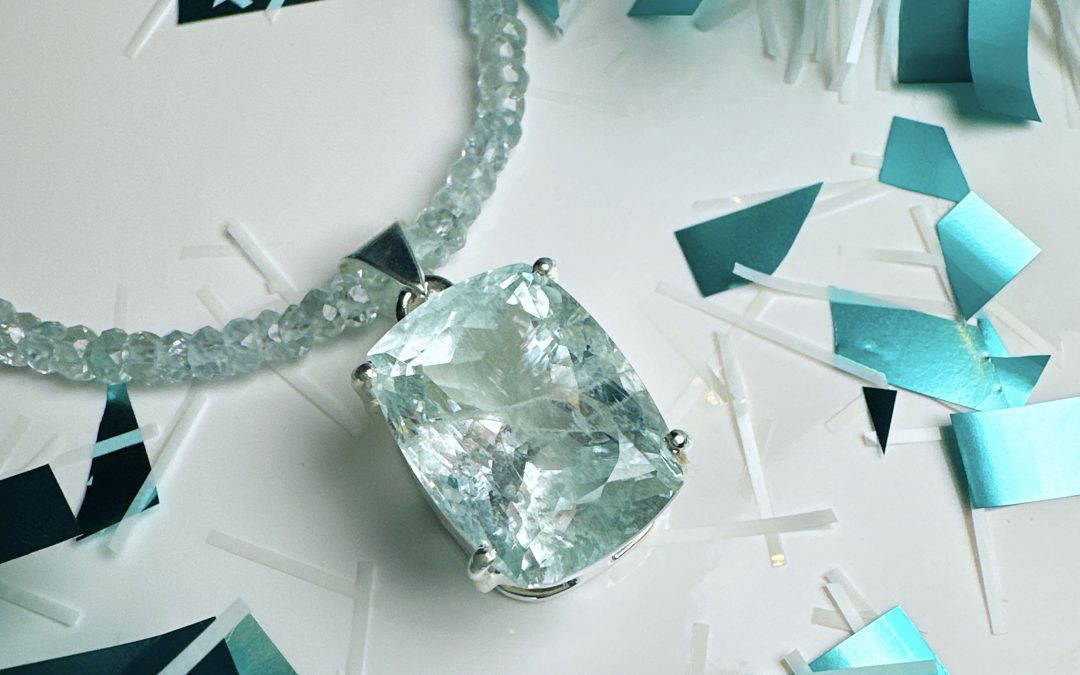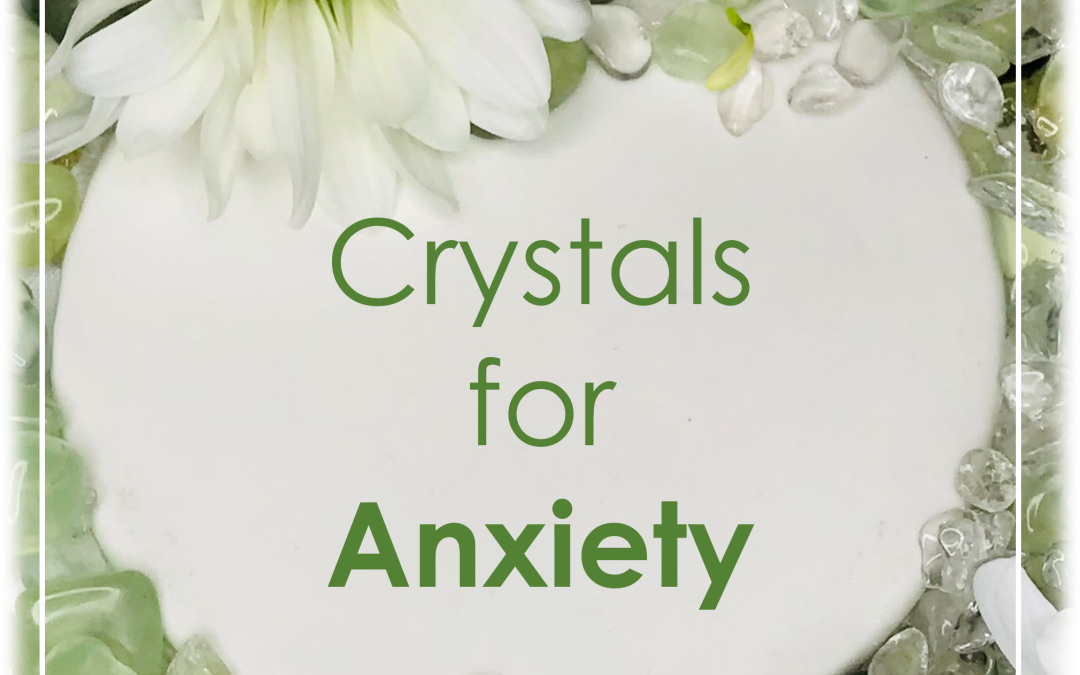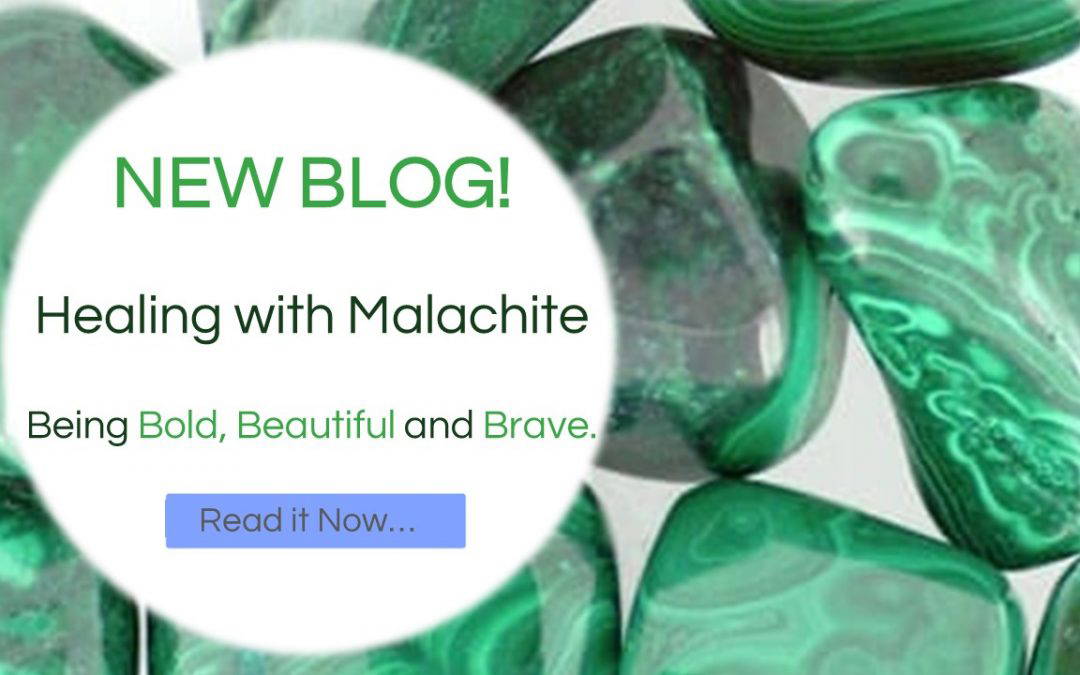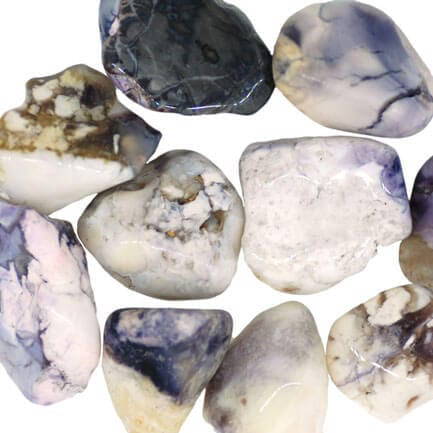Unit 2B – Introducing Selenite
Selenite belongs to the family of Gypsum along with satin spar, dessert rose and gypsum flower. These four varieties all show obvious crystalline structure and range in colour from brownish yellow/green to grey white.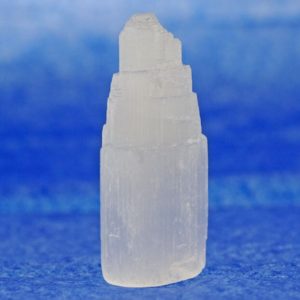
Selenite gets its name from the Greek selenites (lithos) which literally means the stone of the Moon. The ancient idea being that the mineral reacted to the waxing and waning of the Moon. This phenomenon included changing colour!
Selenite has a specific gravity of 2.3.
Selenite feels warm to the touch and is so soft it can be scraped with a fingernail therefore making it ideal to make soft massage wands or shapes from. However these are quite delicate compared to quartz crystal. Selenite can bend and change shape and would totally dissolve if left in water.
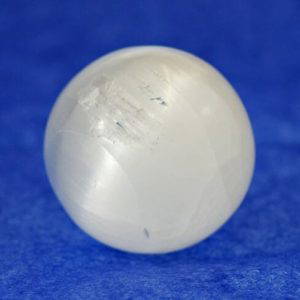 The Selenite most available in the UK to healers is from Morocco and found under the dessert in pockets. It is made up of some forms of calcium sulphate sediment that is believed to be the result of the great flood some 5,000 years BC.
The Selenite most available in the UK to healers is from Morocco and found under the dessert in pockets. It is made up of some forms of calcium sulphate sediment that is believed to be the result of the great flood some 5,000 years BC.
It forms in long tabular almost transparent crystals that can be quite huge. They usually are sliced down veins into movable pieces by weight and transported to wholesalers where they are graded and sorted.
Much these days gets cut and polished into gift items such as candle holders etc, however healers prefer it in the rough state or polished into large smooth wands or worry stones.
Selenite cut against the grain across the tabular crystal structure makes beautiful ‘TV’ viewing tablets. These can be uncommon but very useful to healers if you can get hold of them.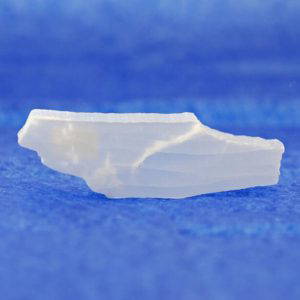
Place the Selenite in direct contact with the skin above the heart on the left side of the body with your right hand resting on the surface of the crystal. Gently stroke the crystal or by holding your hand over it rub back and forth with your thumb. This activates the healing properties of the crystal.
Smooth palm stones, wands and tumbled pieces of Selenite are also very useful tools for Crystal healers as well as the natural rough pieces and cathedrals etc, check around and find out which pieces resonate best with you. Smooth pieces are best for working with when placing on the skin.
Next week, you will learn how to use this week’s information on the chakra system and selenite in our beautiful recorded meditation. You will need a piece of smooth Selenite to work with for the mediation as this will be placed on the skin. If you do not have a piece, you can view our Selenite collection here.

